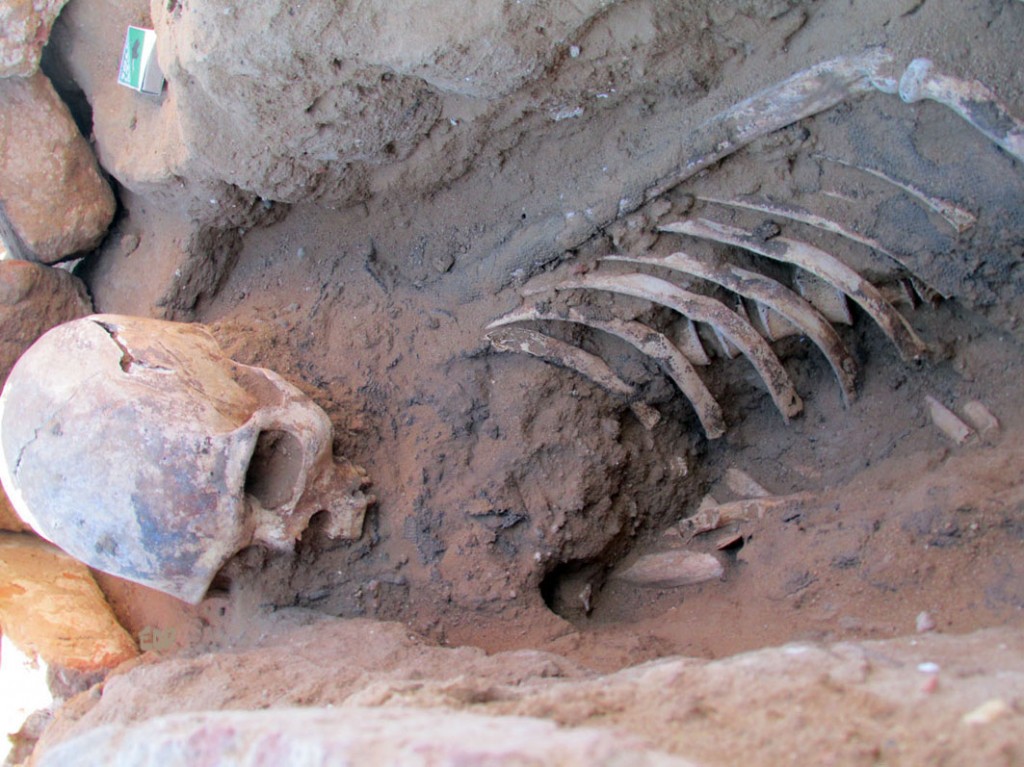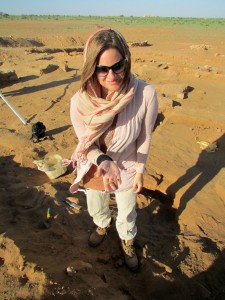How they grip us through think and thick,
These barnacle dead! This lady here’s no kin
Of mine, yet kin she is: she’ll suck
Blood and whistle my narrow clean
To prove it…
— Sylvia Plath, the American Isis
I spend a lot of time in cemeteries. I feel most at home with the dead. This December, while excavating a Nubian temple in Sudan, I came across a number of bones, a number of bodies. As a writer, I can’t help but respond to these bodily relics with writing. Staring death directly in the face is one of the best meditation exercises that I know of. Archaeology has long provided inspiration for writers and thinkers–from Freud to poets like Shelley and H.D.–to meditate on the meaning, imagery, and resonance of the past…
While we were uncovering the body above from the sands of the Sahara, I thought of a Sylvia Plath poem, entitled “All the Dead Dears,” which she wrote after viewing a body in the Archaeological Museum in Cambridge–its ankle slightly gnawed off by a mouse and a shrew…
And to sanctuary: usurping the armchair
Between tick
And tack of the clock, until we go,
Each skulled-and-crossboned Gulliver
Riddled with ghosts, to lie
Deadlocked with them, taking roots as cradles rock.
Digging up the dead dears in the desert, while being whipped by the wind for our dirty deed, I remembered a second poem Plath wrote, which she reads below, about the cemetery in Heptonstall–where she would be buried herself one year later…

